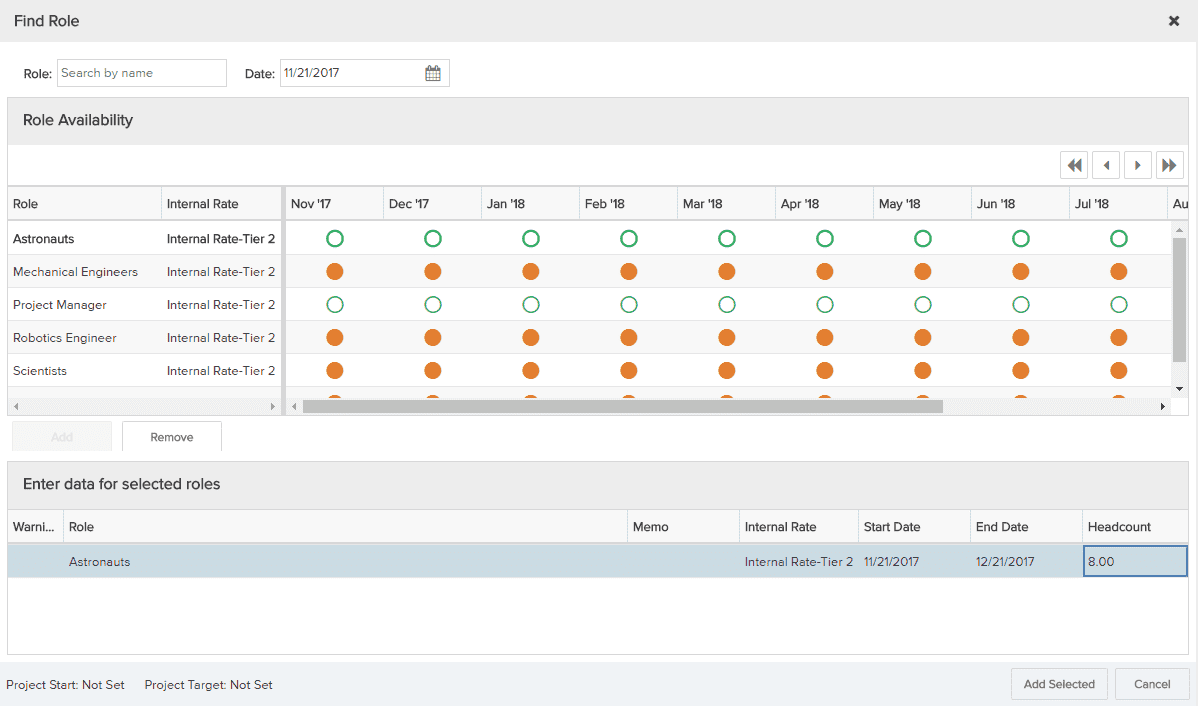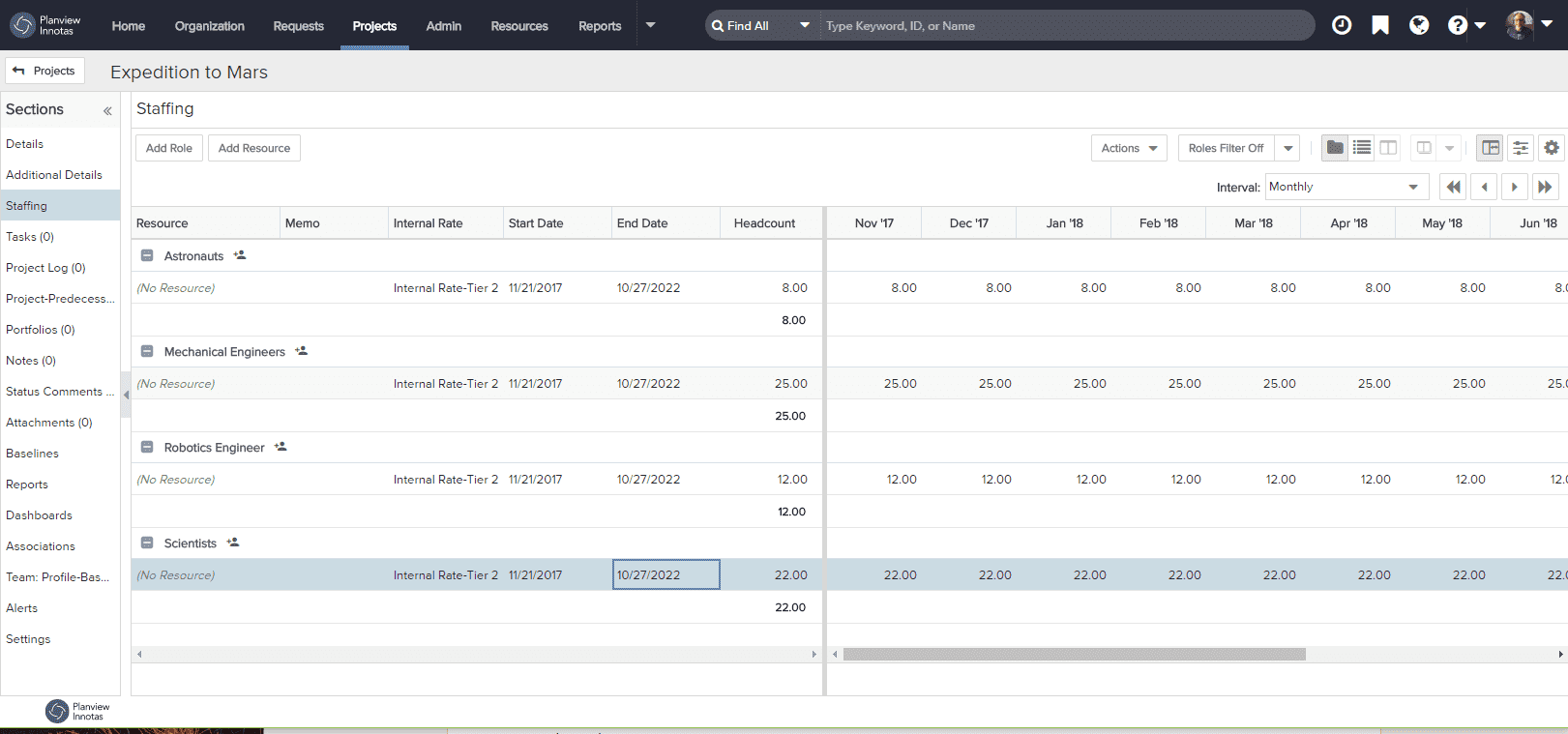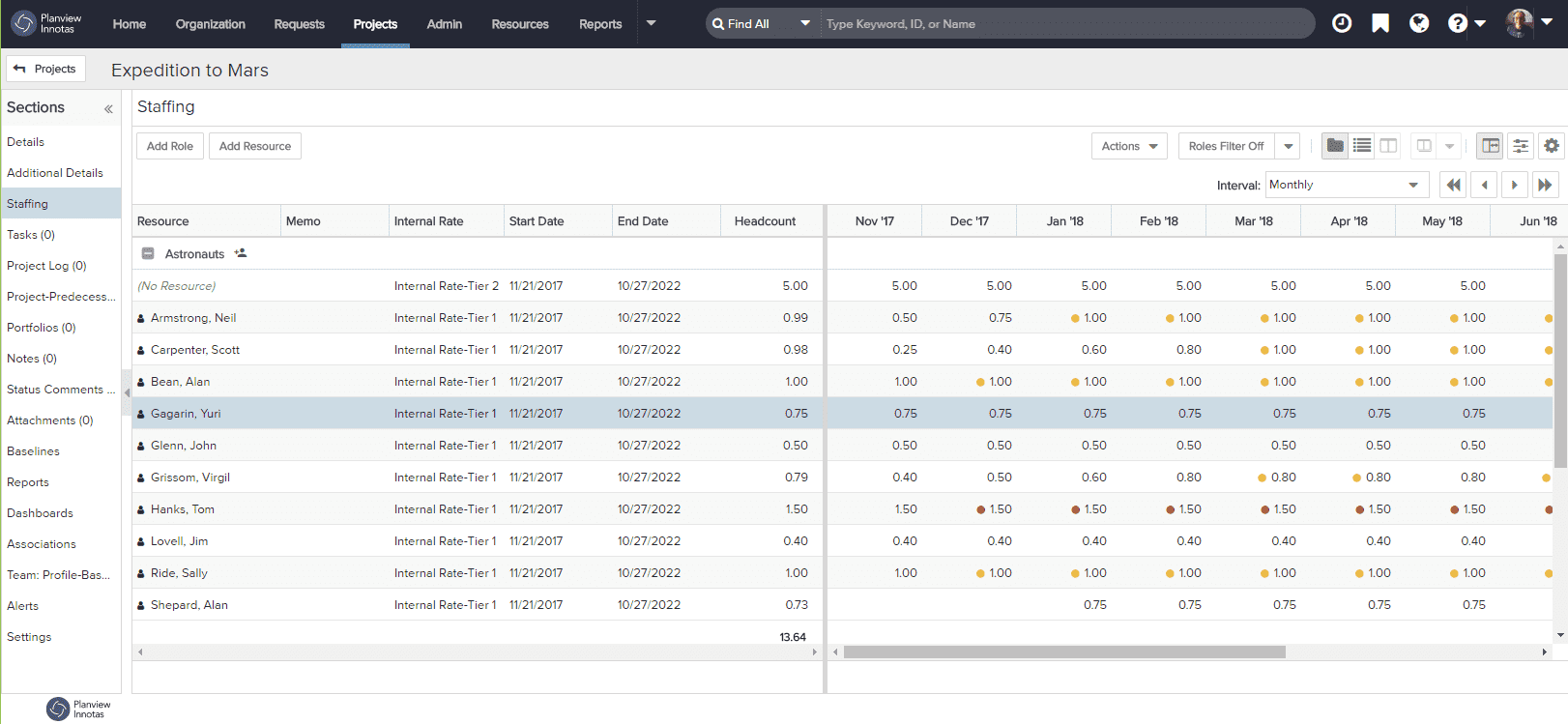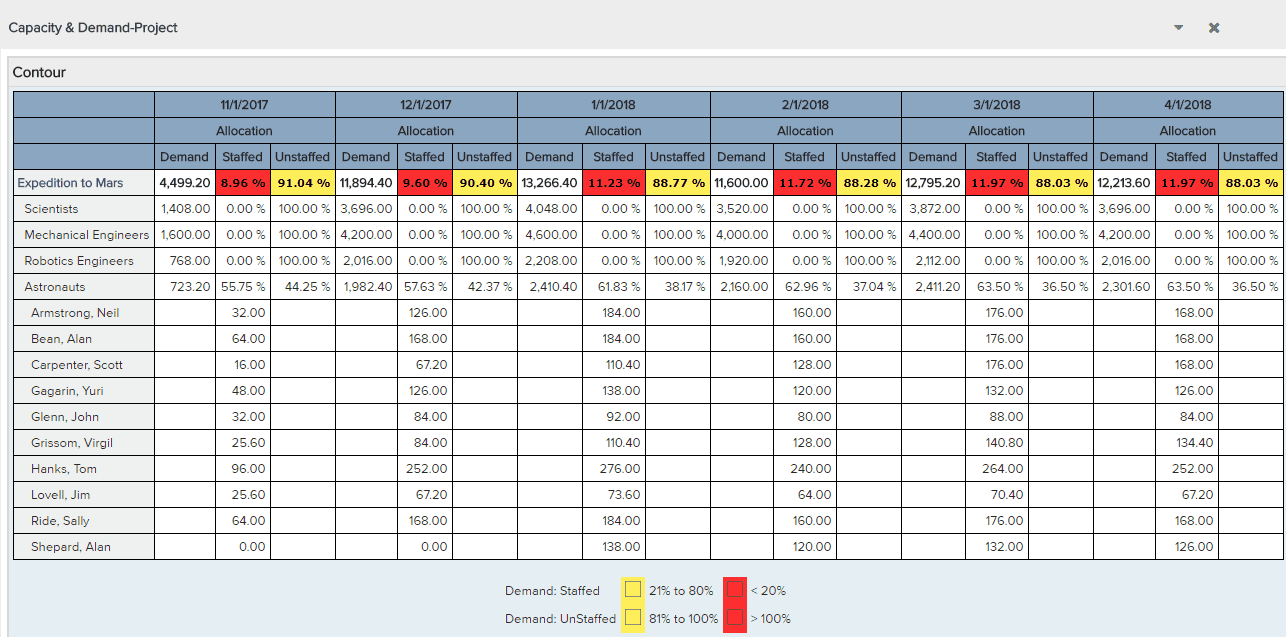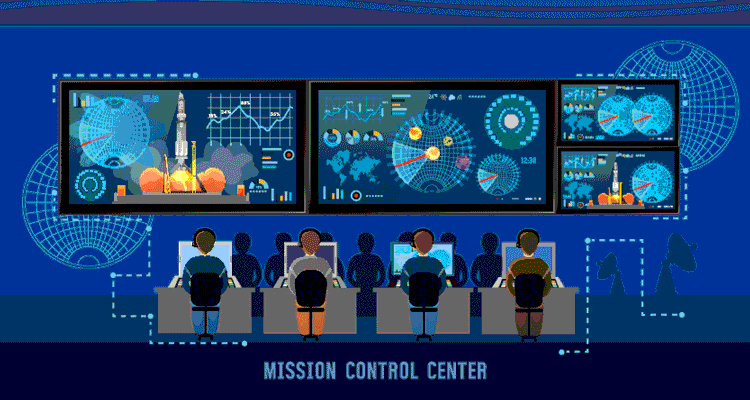
Du vaknar kallsvettig och klockan visar 2:09am. Inte en gång till! Allt du kan tänka på är att du vet att ditt projekt aldrig kommer att slutföras, än mindre i tid. Om du bara hade ställt upp realistiska förväntningar på resurserna i början av projektet skulle du sova nu i stället för att oroa dig. Vi har alla varit med om det, och det finns några enkla strategier för att ta dig ur panikläget och tillbaka till drömlandet.
Some questions I’ll pose and intend on answering are: Where do you start? How? Why? What will you gain through successful resource planning? What are the minimum inputs and what outputs can I expect to provide?
Du börjar med att slicka på tummen och svepa den genom luften. Jag skojar, men om du har provat det så ler du förmodligen och det är alltid bra att tänka på när man börjar ett projekt. Men allvarligt talat. Försök att föreställa dig den enklaste och mest upprepningsbara resursplanen.
In my experience, and what I tell customers is this … As a PMO manager and leader you must ensure that projects only get started if the resources are identified and in place before work begins. If there are not enough resources, the project will not move forward.
Let’s face it, if you don’t adhere to this process, your project has little possibility of getting completed on time or on budget. And when that happens, the value of the PMO is minimized in the eyes of the business.
I stället bör PMO:s instruera projektledarna att utarbeta en preliminär tidsplan som visar vilka resurser som krävs och hur lång tid dessa resurser kommer att krävas för att slutföra projektet. Jag rekommenderar ofta projekt- och resursansvariga att ta dessa fem enkla steg för att förbättra planeringen av resurskapaciteten. Här är de i ett användningsfall för ett uppdrag till Mars.
Step 1: Identifiera de roller och kompetensnivåer som behöver involveras.
You should kick this off by first identifying what types of people you will need. The basic reference you need to make is by skill set or role. Use historical information and or go through resource SWAG exercise and leverage the right tools to evaluate this information. Here’s what this would look like:
Sure, this list may seem too simplistic for an expedition to Mars, but you must start somewhere. By trying to achieve the highest level of planning, you will ease the pain as you move through the cycles required for an approved schedule. Spending the time to determine the roles needed means you can easily move to the next step. Don’t worry, this isn’t set in stone, it’s just a first step.
Step 2: Determine percentage or FTE needed against each role
Genom att använda historisk information i ditt informationssystem för projektledning (PMIS) kan du bättre förstå resultaten av tidigare uppdrag och deras krav på resursroller. Du bör vara så realistisk som möjligt. Behöver ni tio astronauter eller kan ni planera för åtta? Räcker det med 25 ingenjörer för en skytteluppskjutning eller behövs det fler? Gör forskning i förväg och skaffa det godkännande som krävs för att rymdfärjan ska bli framgångsrik.
Step 3: Align actual people with the roles by considering their capacity/availability
Once you know the roles and percentage of those roles you need, you can start identifying the right people to fill them. Give special consideration when identifying whether they can have a junior skillset or will require someone who has 20 years of experience. For example, you know you need 20 volunteer passengers to take this mission to Mars. I don’t think you will find anyone with experience in this area, so no skillset is required.
Step 4: Present the resource plan to the appropriate stakeholders; get buy-in/approval
Bringing your resource plan to the mission’s steering committee will ensure that you get buy-in and the necessary authority to begin working on the schedule. Completing this step is crucial as you will need resources to help with this. Additionally, you will be gaining leadership respect from this team, which is something every project manager wants and needs to ensure future missions are given the same chance to survive and thrive.
Step 5: Begin work on first draft of the project schedule
Now that you have dedicated resources for the trip to Mars, you can start to build the work breakdown structure (WBS) or schedule. I suggest enlisting assistance from your dedicated resources. Gaining formal approval on the WBS will ensure you can effectively execute the project.
Genom att följa dessa enkla steg ovan kan du börja göra en liten lista över projekt att ta itu med genom att börja med de projekt som är mest meningsfulla att prioritera först. Återigen kan du vända dig till projektledarna för att uppskatta en tidsplan på hög nivå och med mycket resurser.
Det spelar ingen roll om du planerar ett uppdrag till Mars eller om du lanserar nästa innovativa produkt eller tjänst - det är viktigt att se till att du har rätt personer och rätt kompetens för att genomföra det.
To learn how Innotas resource management and capacity planning can help, watch a demo.
